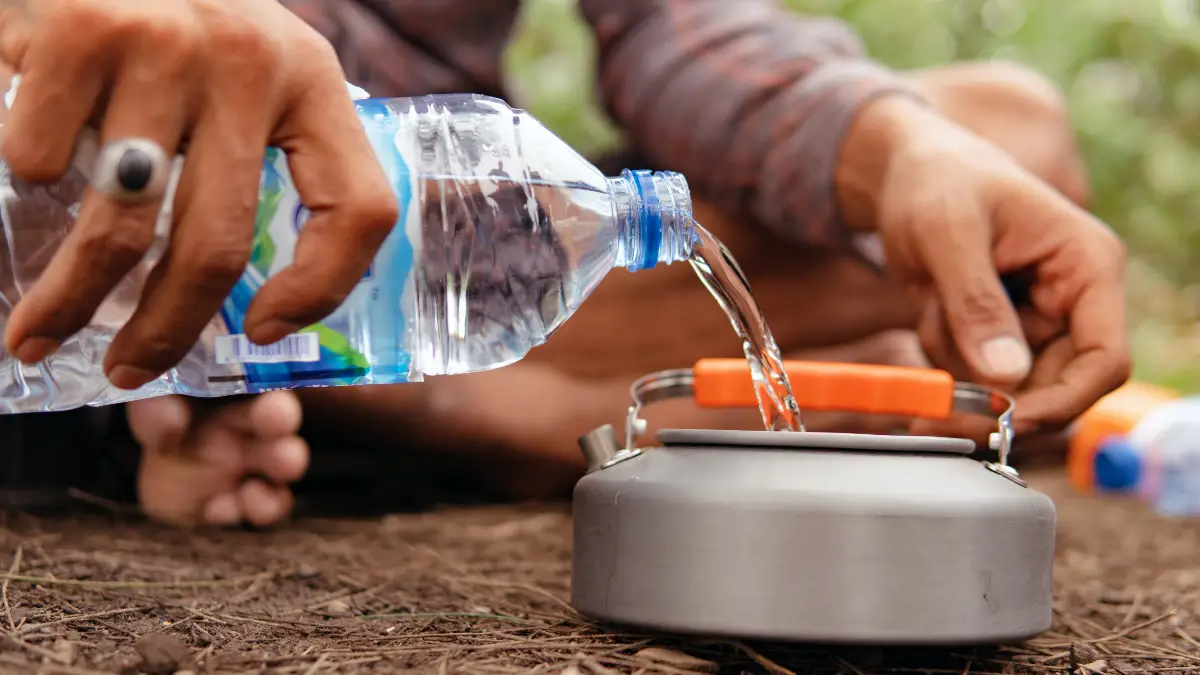When disaster strikes, your stored water becomes your lifeline. Yet most people make critical mistakes that render their emergency water supply unsafe or unusable when they need it most.
From choosing the wrong containers to improper storage locations, these errors can turn your water from a life-saving resource into a health hazard. The difference between having clean, drinkable water during an emergency and facing dehydration often comes down to avoiding these 12 common water storage mistakes.
This guide reveals exactly what you’re doing wrong and how to fix each problem before an emergency hits—ensuring your family has safe water when every drop counts.
1. Reusing Milk Jugs
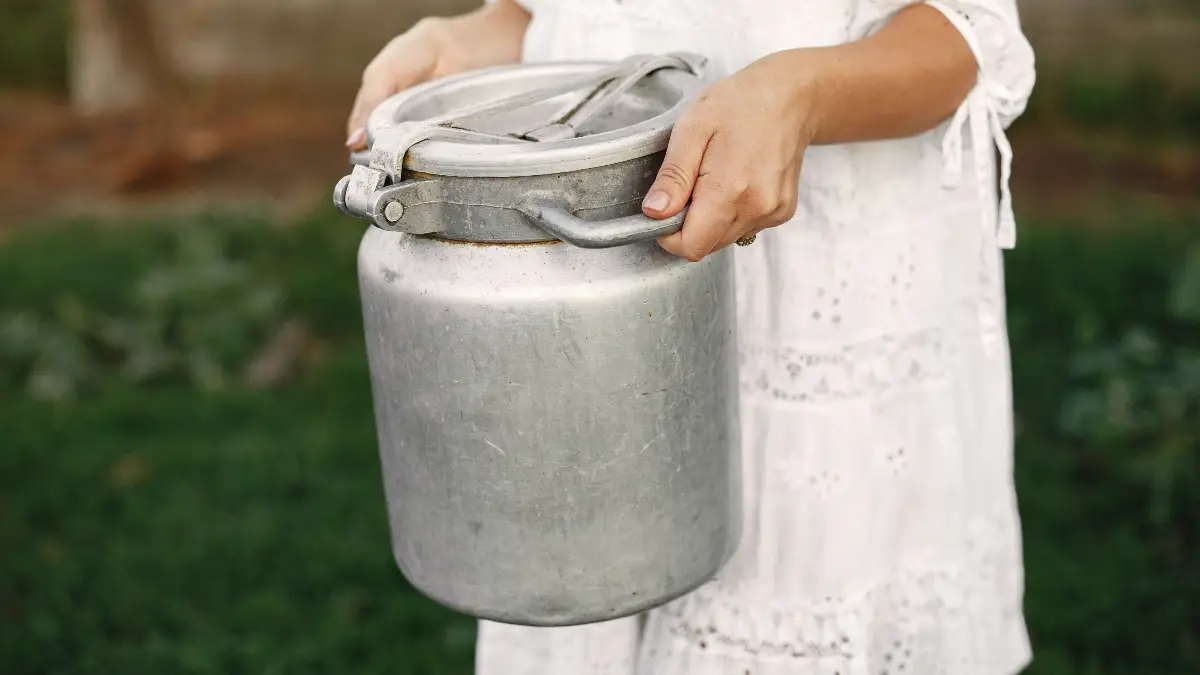
The Red Cross warns that “milk protein and fruit sugars cannot be adequately removed. Provide environment for bacterial growth.”
Those old milk jugs aren’t just slightly risky—they’re bacterial breeding grounds. Even thorough washing can’t remove all milk residue, which feeds bacteria over time.
2. Non-Food-Grade Plastics
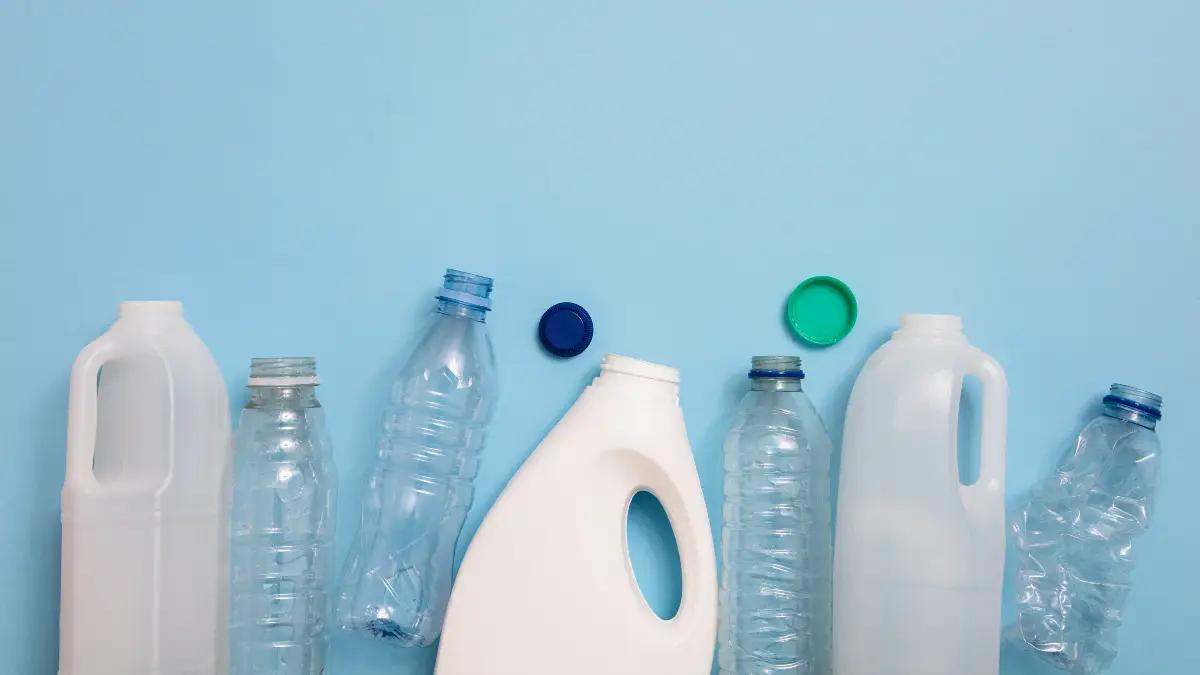
Research from the University of Copenhagen found hundreds to thousands of chemical substances leach from non-food-grade plastics within just 24 hours. These chemicals can include endocrine disruptors, which interfere with your hormones and can cause health problems.
Only two types of plastic are truly safe for long-term water storage:
- HDPE (High-Density Polyethylene, #2)
- PP (Polypropylene, #5)
Everything else? Too risky for your family’s emergency water.
3. Clear/Transparent Containers
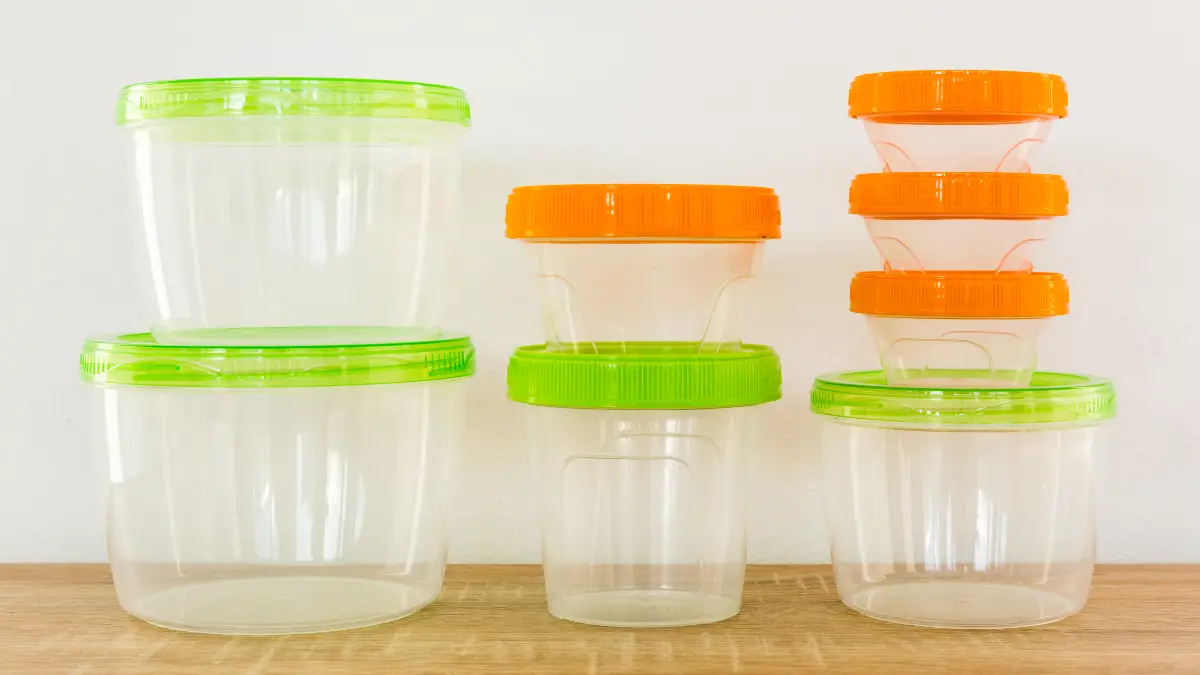
A scientific study published in Water Research found that clear LDPE containers exposed to sunlight developed benzophenone and phthalates—both endocrine disruptors.
Clear containers let light penetrate, promoting algae growth and speeding up chemical leaching.
5. Storing in Direct Sunlight
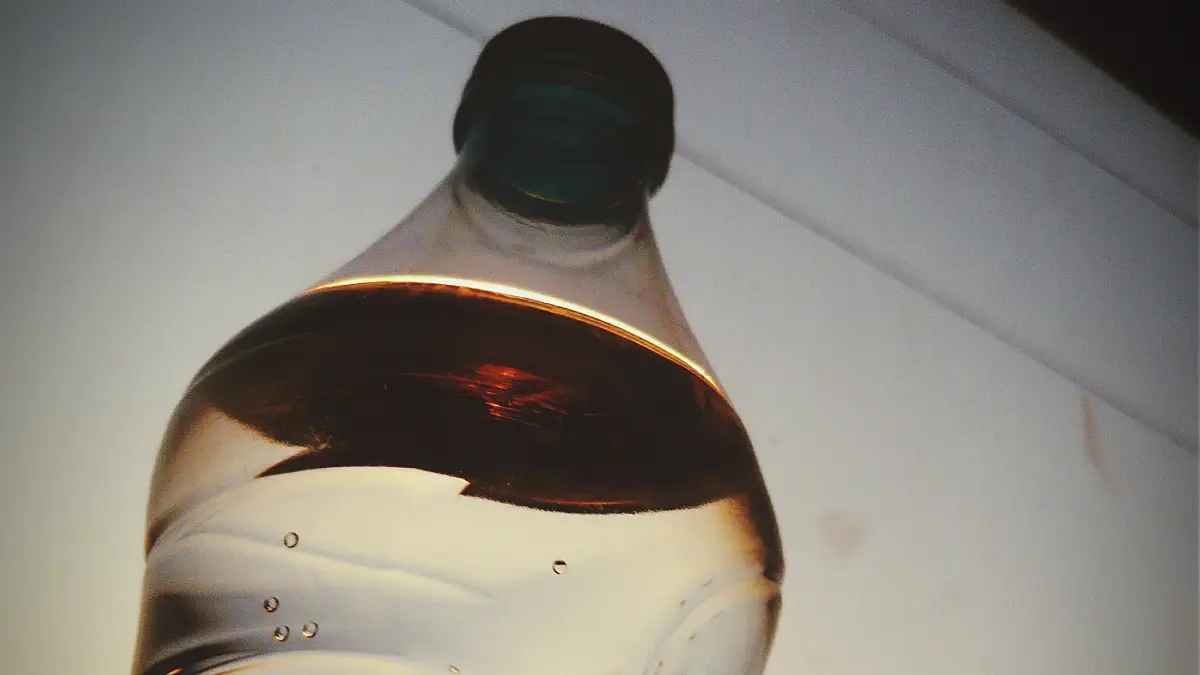
The CDC recommends storing water between 50°F-70°F. Sunlight doesn’t just warm water—it breaks down plastic containers.
A UAE study found BPA levels in polycarbonate bottles increased 25 times (from 0.36 to 9.05 μg/L) after just 30 days of outdoor sunlight exposure.
Sunlight also promotes algae growth, which can produce toxins harmful to humans and pets.
6. Placing Directly on Concrete
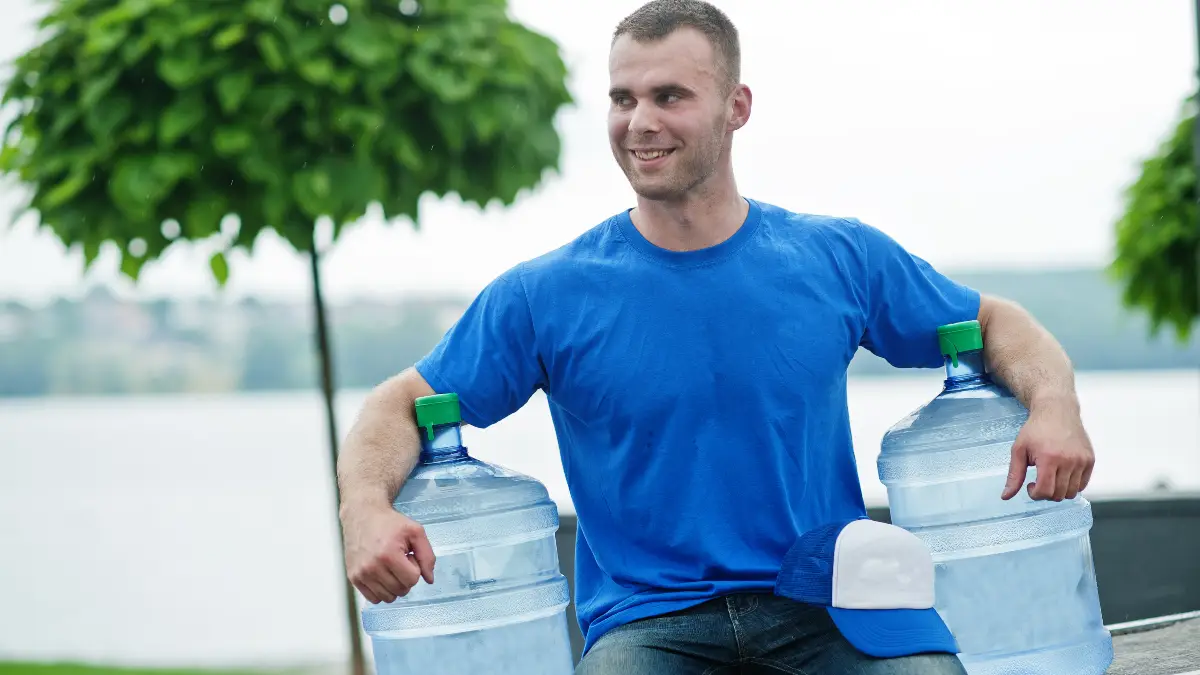
This mistake surprises many preppers. According to experts at The Prepared, “plastic can absorb chemicals from concrete.”
Concrete floors, especially in garages and basements, contain lime and other chemicals that can transfer through plastic over time.
Additionally, the temperature fluctuations in concrete can create condensation, leading to container damage and potential contamination.
7. Storing Near Chemicals/Gasoline
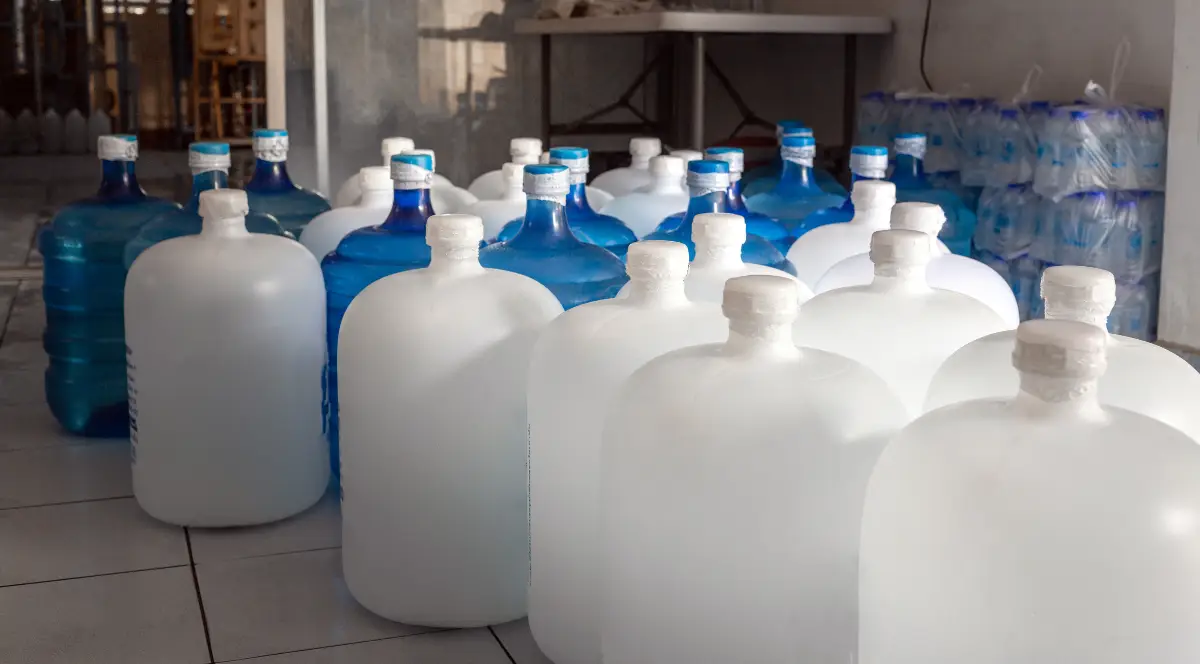
“Fumes and odors can seep into water even when sealed,” warns The Prepared. Your sealed water containers aren’t as airtight as you think.
Gasoline, pesticides, paints, and cleaning products all release fumes that can penetrate plastic containers, making your water unsafe to drink.
8. Single Point of Failure—All Water in One Location
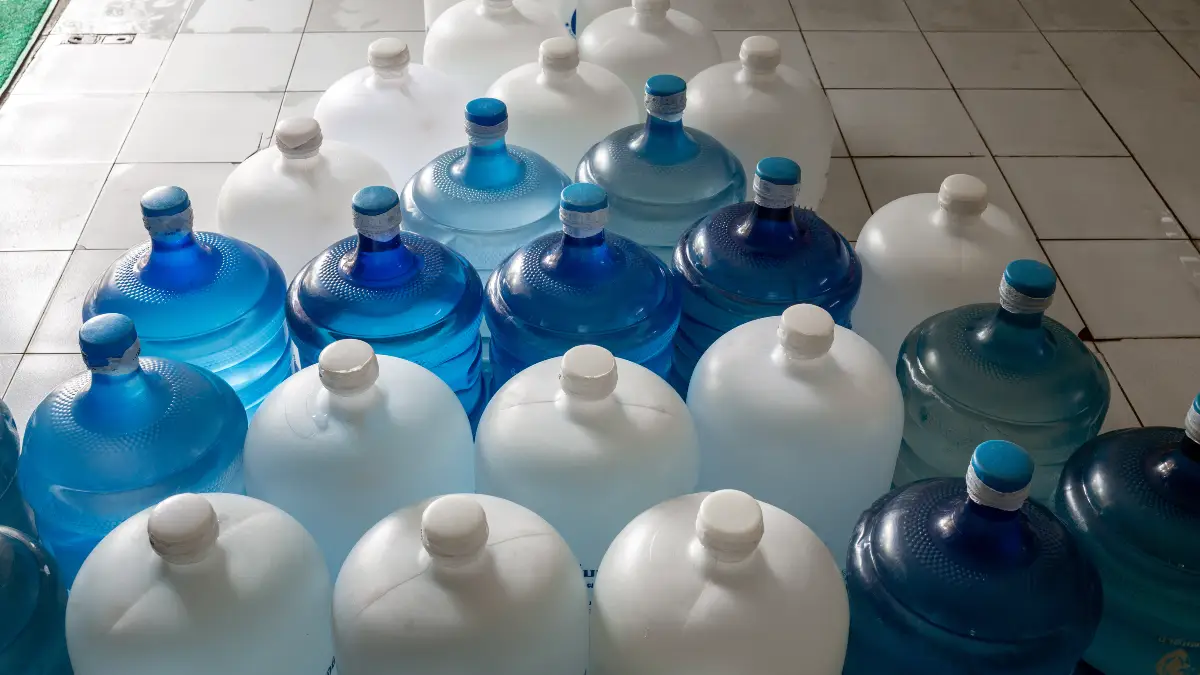
During the 1994 Northridge earthquake, many residents lost their entire water supply when their single storage location was damaged.
Don’t put all your water in one place. If that area becomes inaccessible or damaged, your entire supply is lost when you need it most.
How to Fix These Location Problems
- Store in cool (50-70°F), dark locations away from direct sunlight. Closets, basements, and shaded areas work best.
- Elevate containers on wood pallets or plastic platforms—never directly on concrete. Even a simple piece of plywood creates an effective barrier.
- Keep water at least 10 feet from gasoline, pesticides, paints, and cleaning chemicals. Separate rooms are even better.
- Distribute your water storage across multiple locations so a disaster that affects one area won’t eliminate your entire supply.
Best Storage Locations By Living Situation:
Apartments: Under beds with risers, back of closets, under kitchen or bathroom sinks
Houses: Garage (on pallets), basement corners (elevated), under stairs, utility rooms
Rural Properties: Spread between outbuildings, consider underground cisterns, use multiple buildings
By fixing these location mistakes, you’ll ensure your carefully stored water remains safe and accessible when you need it most.
The Quantity and Planning Mistakes
Having water is good. Having enough water—and being able to use it—is what matters in an emergency.
9. Underestimating Water Needs
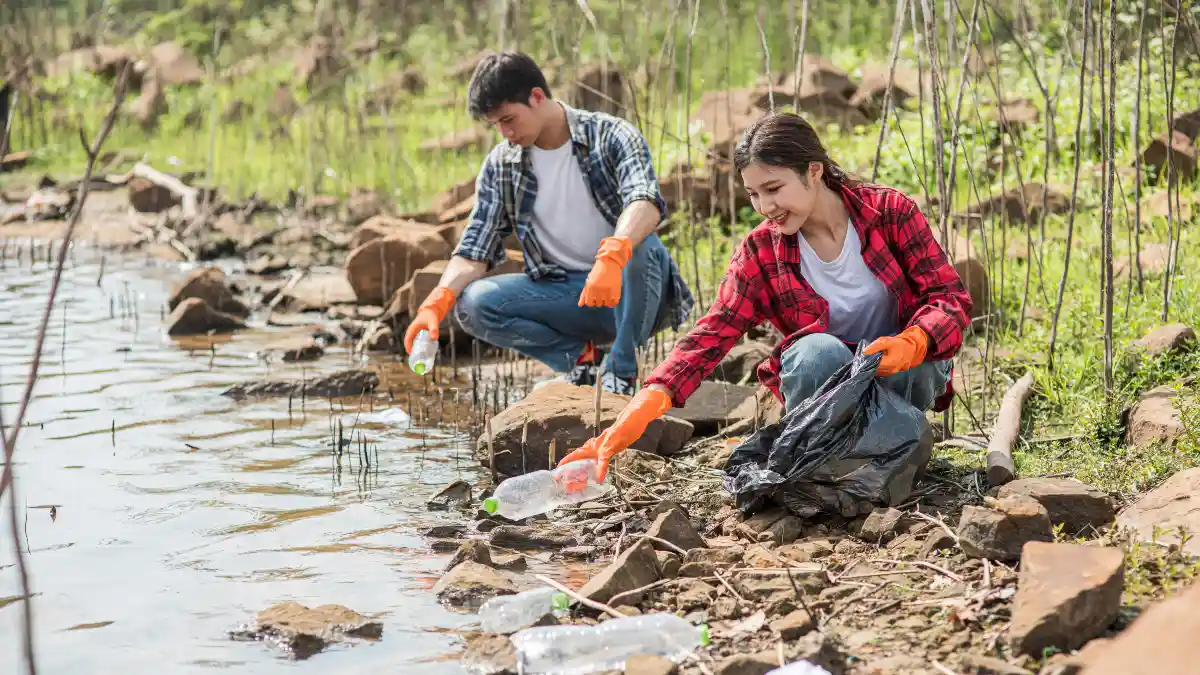
The CDC recommends a minimum of 1 gallon per person per day. But that only covers basic drinking needs. Rogue Preparedness expert says, “2 gallons per person per day is the best course of action” to account for cooking, hygiene, and sanitation.
Think about it: half a gallon for drinking, half for cooking, and another gallon for basic hygiene. In hot climates, your needs can double according to Ready.gov guidelines.
Many people store a few gallons and think they’re prepared, but a family of four needs at least 56 gallons for a two-week emergency—that’s a lot more than a few milk jugs under the sink.
10. Not Having Tools to Access Stored Water
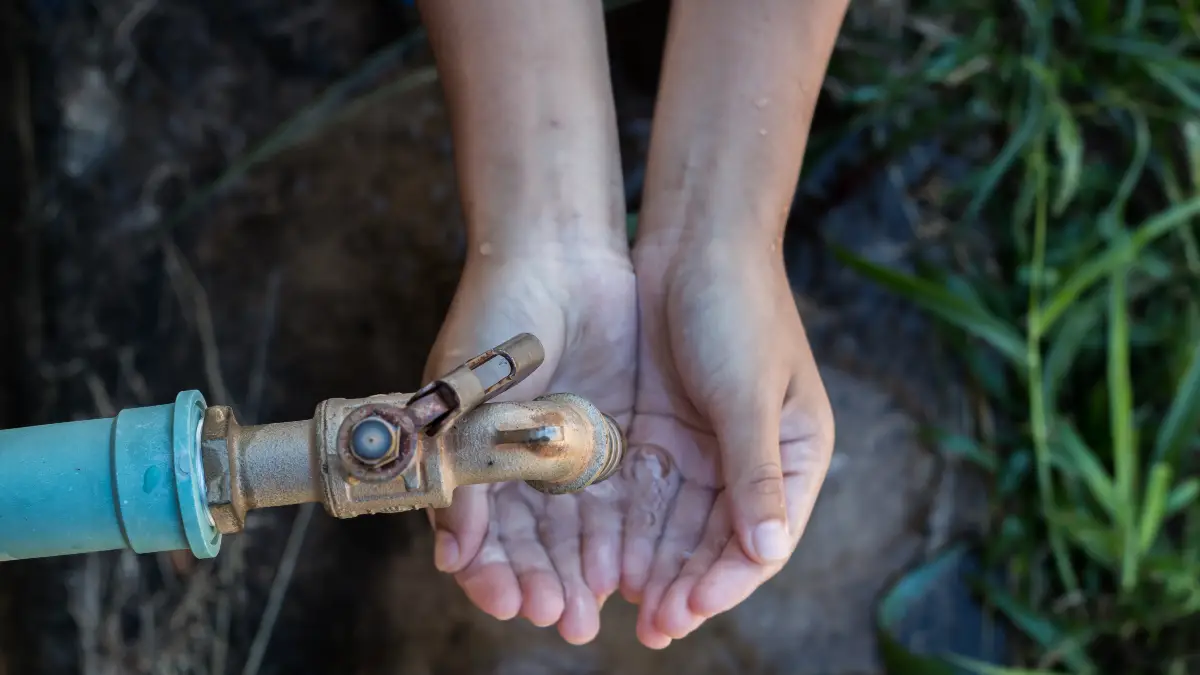
The Provident Prepper warns: “You have faithfully stored barrels of clean drinking water but didn’t consider how you might get the water out.” A full 55-gallon drum weighs about 460 pounds—completely immovable without proper equipment.
Without the right tools, your carefully stored water becomes a frustrating, unusable resource during an emergency when you’re already stressed.
How to Fix These Planning Problems
- Store at least 14 gallons per person (2-week supply at 1 gal/day). Better yet, aim for 28 gallons per person (2-week supply at 2 gal/day).
- If you live in a hot climate, plan for 1.5-2 gallons per person per day.
- Don’t forget your pets! They need about 1 ounce of water per pound of body weight daily. A 50-pound dog needs about 50 ounces (⅓ gallon) of water each day.
- Get these essential tools:
- Bung wrench for 55-gallon drums ($10-15)
- Hand pump or siphon ($15-40)
- Battery-operated transfer pump for large containers ($30-80)
- Measuring cup for proper bleach treatment
- Budget realistically: Expect to spend $165-370 per person for a comprehensive setup that includes quality containers, tools, and treatment supplies.
Remember, water isn’t just about survival—it’s about maintaining health and dignity during emergencies. Plan accordingly.
Treatment and Preparation Errors
Even with perfect containers and enough water, improper preparation can still ruin your supply.
11. Not Sanitizing Containers Before Filling
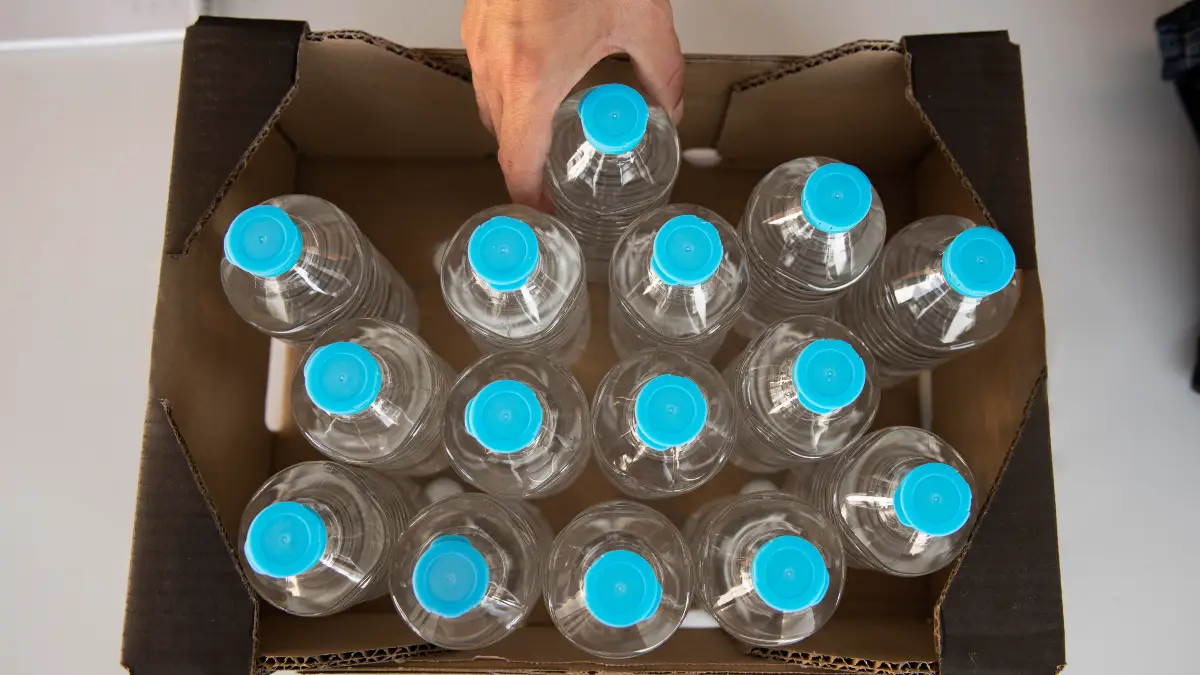
A user on The Prepared forum shared this disaster: They filled containers in September, then opened them during the Austin winter storm months later—”water tastes and smells so strongly of plastic it is borderline undrinkable.” New containers release chemicals into water unless properly sanitized first.
Even food-grade containers need proper cleaning and sanitizing before use. Skipping this step can lead to bacterial growth, chemical contamination, and water that’s unsafe to drink when you need it most.
12. Using Wrong Bleach Type or Amount
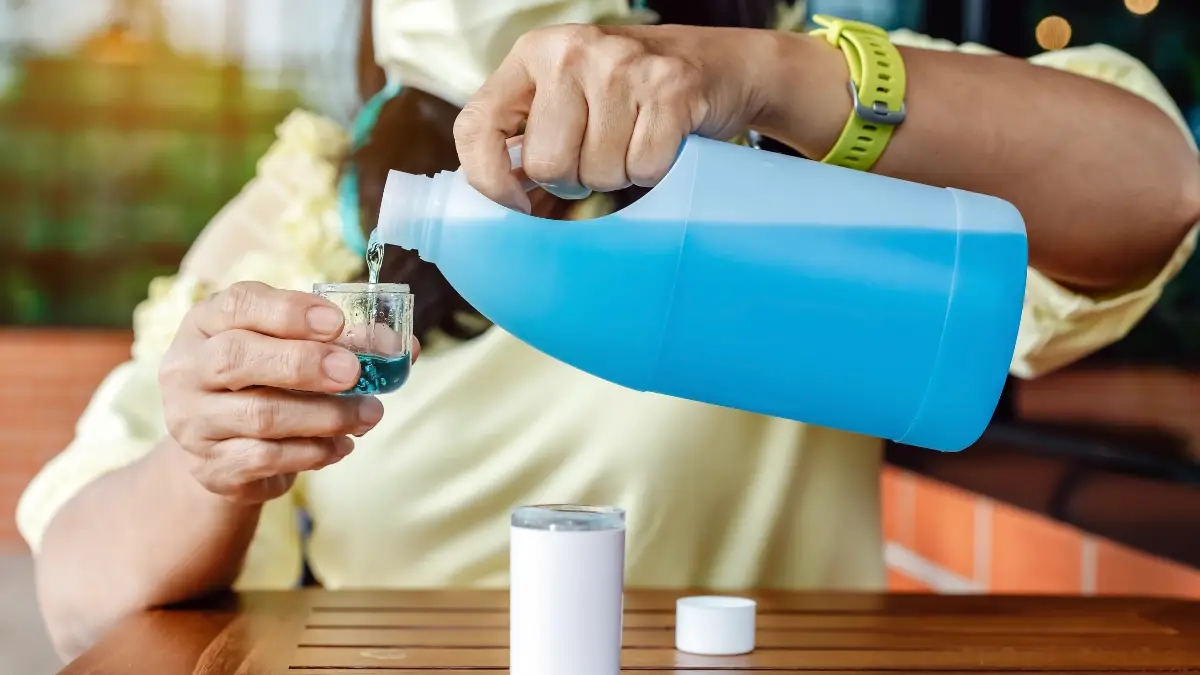
Too much bleach isn’t just unpleasant—it’s dangerous. Poison.org warns excessive bleach can cause “nausea, vomiting, abdominal pain” and potentially death.
Too little won’t protect against pathogens. The CDC’s 2024 guideline is specific: 8 drops (⅛ teaspoon) of unscented 5-9% sodium hypochlorite per gallon.
One forum user accidentally used “no-spill” bleach formula—creating “huge towers of soapy foam” that rendered their entire water supply unusable. The type of bleach matters as much as the amount.
Container Sanitization Protocol (CDC-approved)
- Wash with soap and hot water
- Rinse thoroughly
- Sanitize with solution of 1 teaspoon unscented bleach per quart of water
- Swirl solution to contact all surfaces
- Let stand 2 minutes
- Pour out and air dry (do not rinse)
Proper Bleach Treatment
- Use ONLY regular, unscented liquid household chlorine bleach
- Must contain 5-9% sodium hypochlorite (check the label)
- Never use scented, color-safe, “no-spill,” or bleaches with cleaners
- For untreated water: 8 drops per gallon (double if cloudy/colored)
- Stir well and let stand 30 minutes
- Water should have a slight bleach odor (if not, repeat and wait 15 more minutes)
- Only use fresh bleach (less than 1 year old) for best results
Municipal Tap Water
- Already treated—no additional bleach needed if municipal source is safe
- Just sanitize containers and fill
- Replace every 6 months
By following these precise sanitization and treatment protocols, you’ll ensure your water stays safe and drinkable throughout its storage life.

